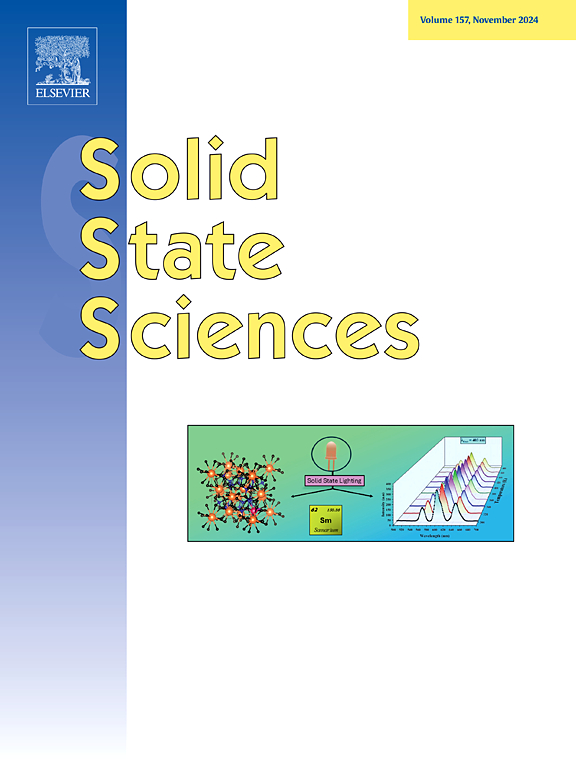Adsorption and reduction of Cr(VI) by C-P-O groups in biochar: Performance and mechanisms
IF 3.4
3区 化学
Q2 CHEMISTRY, INORGANIC & NUCLEAR
引用次数: 0
Abstract
Applying agricultural and industrial wastes into solid functional adsorbents for environmental remediation of heavy metal pollution remains a challenge. Herein, an efficient alkaline-pretreated H3PO4-modified cotton straw biochar (PCS) was developed to remove Cr(VI) by adsorption and reduction. Detailed characterization demonstrated that PCS has a substantial specific surface area (301.6 m2 g−1) and C-P-O groups (not in pristine biochar). Adsorption experiments were better described by pseudo-second-order and Langmuir model, which indicated that the adsorption followed the physicochemical diffusive monolayer adsorption mechanism. According to the alkaline extraction method and X-ray photoelectron spectroscope (XPS) analysis, the C-P-O groups on PCS participated in the adsorption of Cr(VI), converting 20.2 % of it to Cr(III). The remarkable adsorption capacity of PCS was 138.9 mg g−1, mainly attributed to pore filling, electrostatic attraction, complexation, and reduction. The PCS exhibited strong tolerance in common anionic and different water matrices and had the potential for practical application. The above findings can provide decision-making for the remediation of chromium-containing wastewater, as well as for the production of solid functional adsorbents in industry and agriculture.

求助全文
约1分钟内获得全文
求助全文
来源期刊

Solid State Sciences
化学-无机化学与核化学
CiteScore
6.60
自引率
2.90%
发文量
214
审稿时长
27 days
期刊介绍:
Solid State Sciences is the journal for researchers from the broad solid state chemistry and physics community. It publishes key articles on all aspects of solid state synthesis, structure-property relationships, theory and functionalities, in relation with experiments.
Key topics for stand-alone papers and special issues:
-Novel ways of synthesis, inorganic functional materials, including porous and glassy materials, hybrid organic-inorganic compounds and nanomaterials
-Physical properties, emphasizing but not limited to the electrical, magnetical and optical features
-Materials related to information technology and energy and environmental sciences.
The journal publishes feature articles from experts in the field upon invitation.
Solid State Sciences - your gateway to energy-related materials.
 求助内容:
求助内容: 应助结果提醒方式:
应助结果提醒方式:


